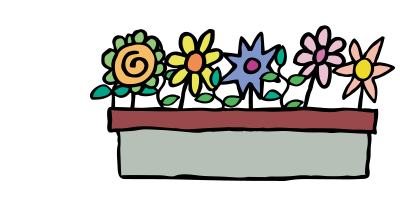- TOP
- Winners list
- Prof. Mohan Munasinghe:3. Different pathways for rich countries and poor countries to take
3. Different pathways for rich countries and poor countries to take
Balanced inclusive green growth (BIGG)
When Sustainomics was presented in 1992, there was considerable excitement, but in subsequent years, the euphoria ebbed. Prof. Munasinghe and his fellow scientists realized that harmonizing the sustainable development triangle was easier said than done. It is necessary to find practical solutions to convince influential world leaders and policy-makers to apply the ideas of Sustainomics.
This challenge led Prof. Munasinghe to propose the balanced inclusive green growth (BIGG) path. He called for each country to take a sustainable development path in accordance with its development stage; this being an extremely helpful concept to achieve SDGs.
He examined the relationship between environmental harm (measured by GHG emissions per capita), and economic prosperity (measured by income per capita), shown in the figure below. The larger values on the horizontal axis, the higher level of economic development, and on the vertical axis, the higher environmental risk.
Rich nations at point C are already operating unsustainably and exceeding safe ecological limits. He argued that wealthy countries can re-balance their economy and environment and reach sustainable point E by reducing environmental resource use while maintaining their good quality of life.
Meanwhile, emerging nations at intermediate point B should learn from the past by innovating. They could go through the green growth (GG) tunnel to also reach point E, without exceeding safe limits and avoid the unsustainable path of rich countries. This is how economy and environment are harmonized.
He started by reconciling two goals - economy and environment, instead of three. These two were chosen partly because of the common misconception that environmental protection required the sacrifice of economic growth. When he presented Sustainomics in 1992, he was asked by his World Bank colleagues why, as an economist, he was giving equal importance to the environment and society. The World Bank at that time promoted economic growth, largely ignoring natural environmental damage. He showed convincingly through his research that economics had its limitations, and that a cross-disciplinary approach was necessary. His "green economy" approach showed that economy and environment were compatible, along a green growth path.
Balanced inclusive green growth (BIGG) is practical because it shows different pathways to achieve sustainable development according to the culture of each country and the level of its development. We need to understand that rich countries and poor countries should have their own sustainable development. Prof. Munasinghe said that even if we tell people who are starving and whose children are dying in poor countries not to emit so much carbon dioxide because the earth will be destroyed by greenhouse gases in 20 years, people would reply that they are just trying to survive today. This is the reason that we need to change the approach depending on the country.
While developing countries cause less environmental load, developed countries put a significant environmental burden on the planet by emitting lots of carbon dioxide, a gas that causes global warming. Therefore, developed countries need to reduce their environmental burden at first. However, people in developed countries do not want to give up their comfort and convenient life. Using new resource efficient technologies, developed countries can reduce the use of environmental resources such as energy and water and reduce greenhouse gases while maintaining their quality of life.
Meanwhile, it is only natural for developing countries to wish to become more affluent. They should learn from the past using innovative methods. They could go through the green growth (GG) tunnel without exceeding safe limits by avoiding the unsustainable path of rich countries.
After the economy and environment are harmonized, we try to satisfy the third, social goal. Green growth is further improved by adding pro-poor, inclusive and inequality-reducing policies, to create the BIGG path.
This process fully harmonizes the sustainable development triangle: economy, environment and society. The BIGG path helps us solve multiple sustainable development problems simultaneously, including poverty, hunger, energy, water, health, education, gender, etc.
4. Responsible consumption by the rich
(People in developed countries)






